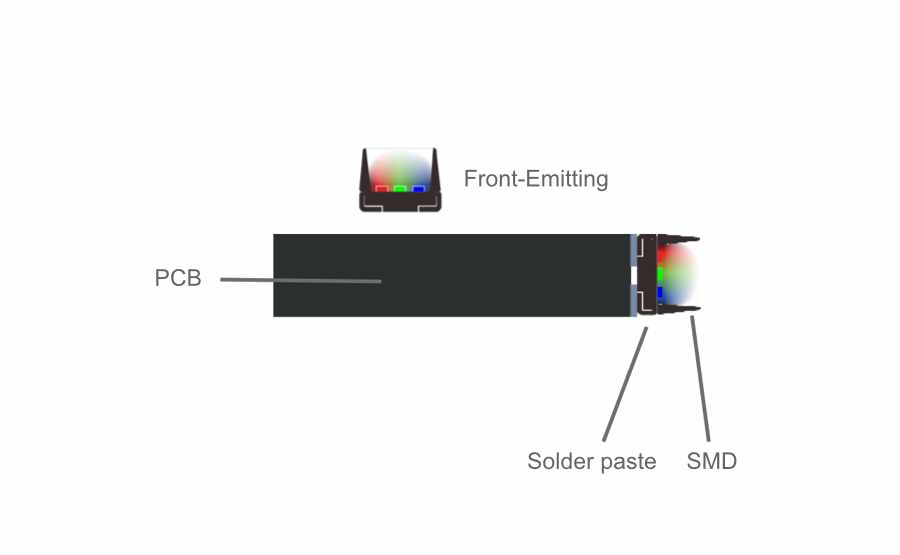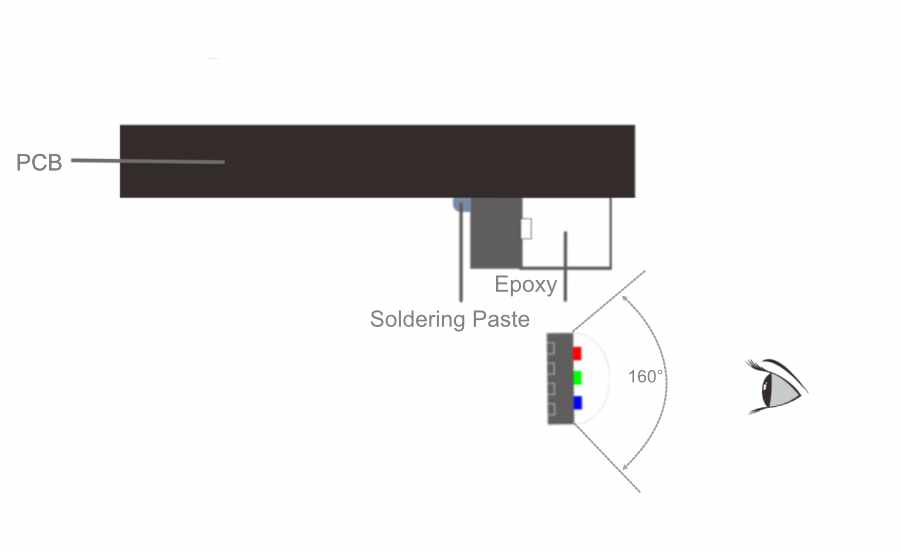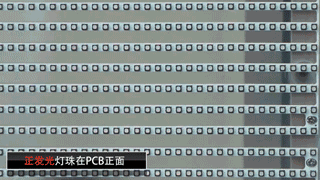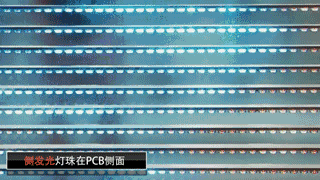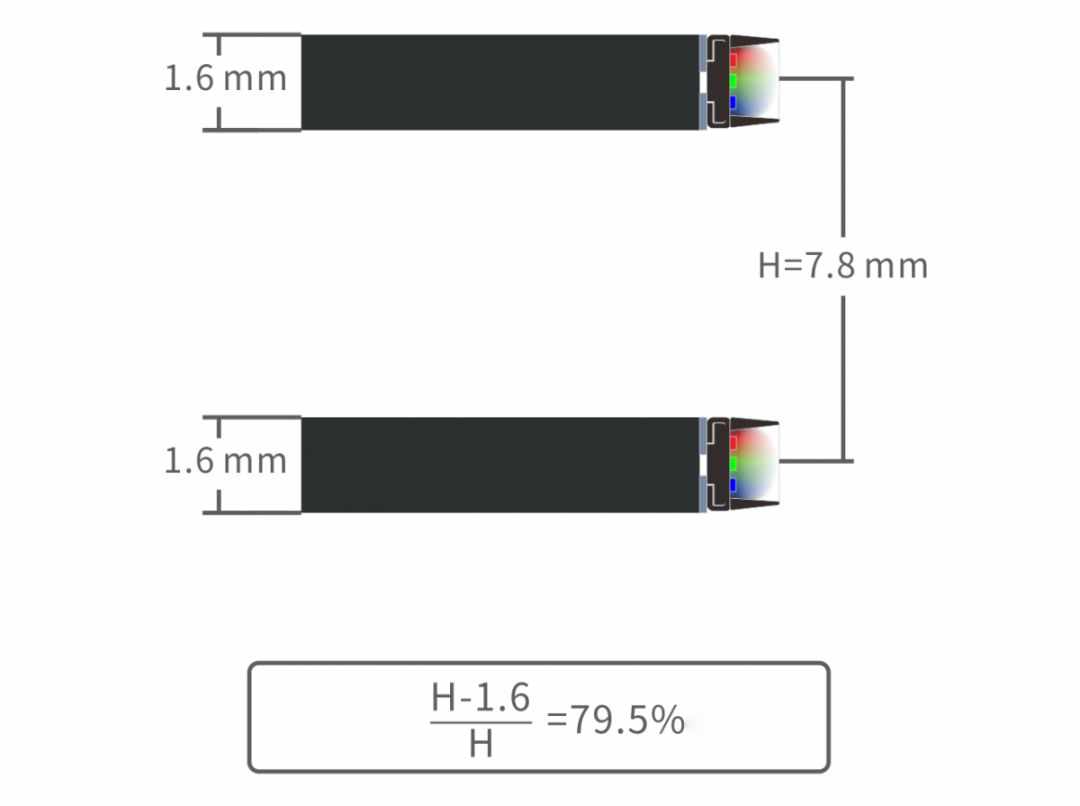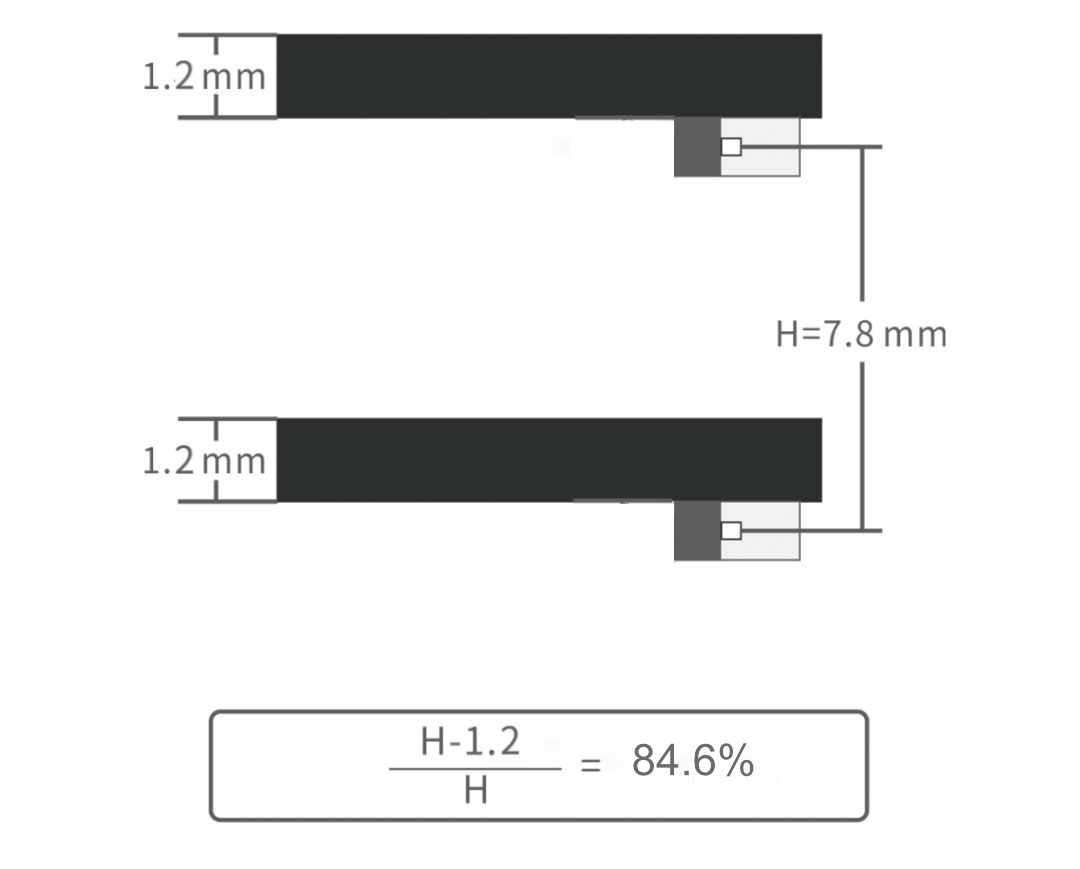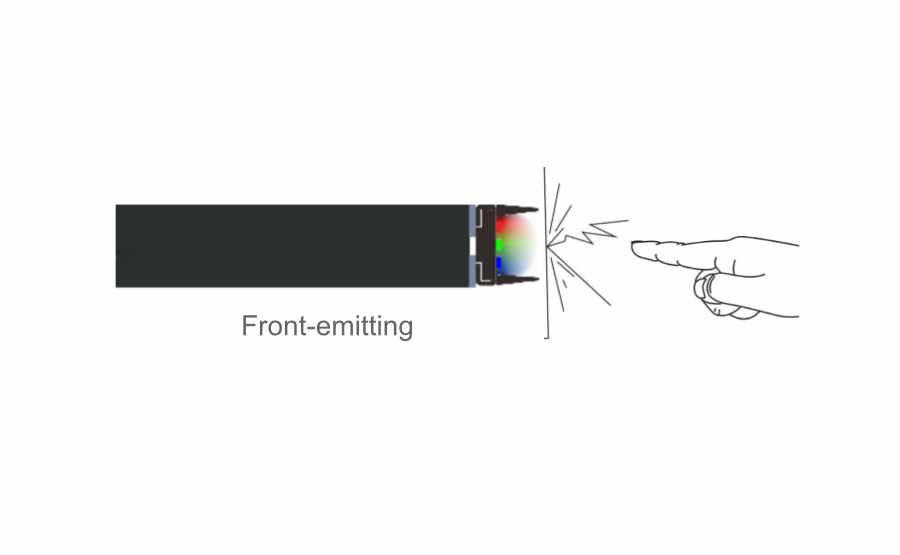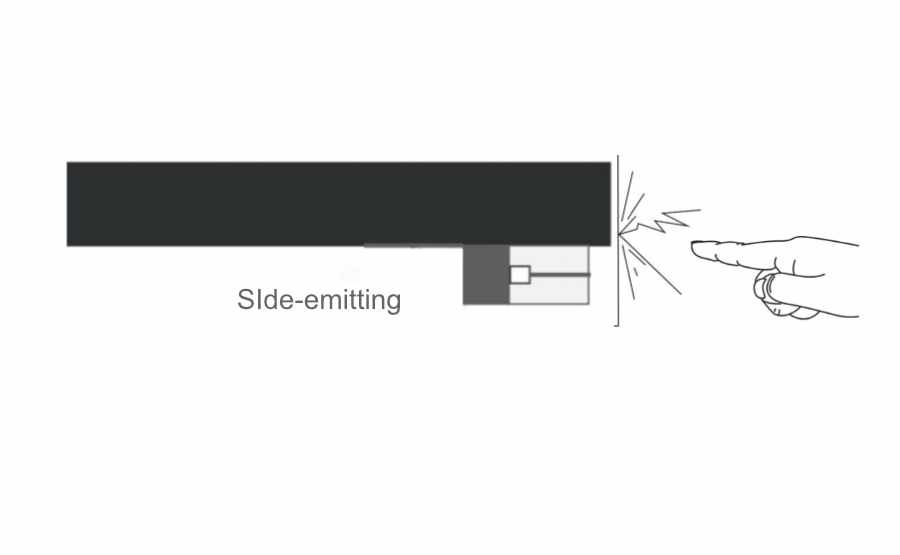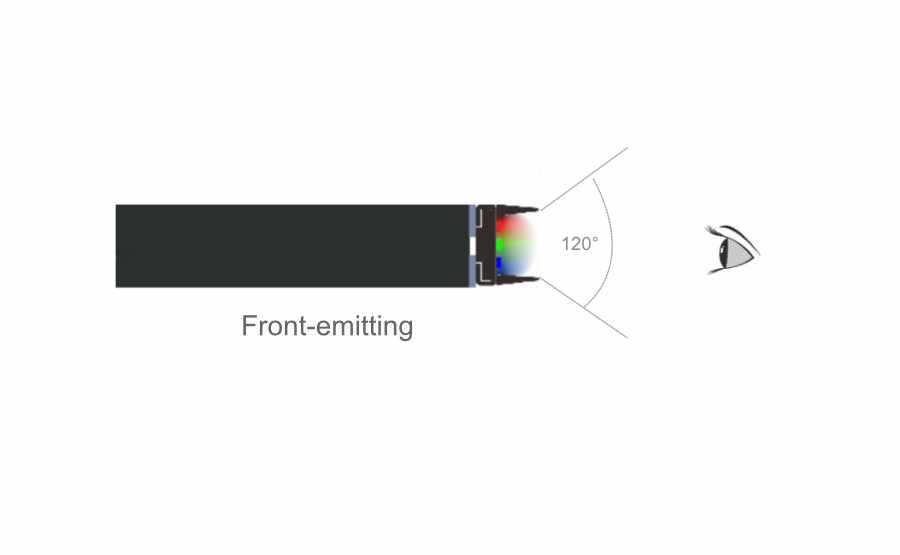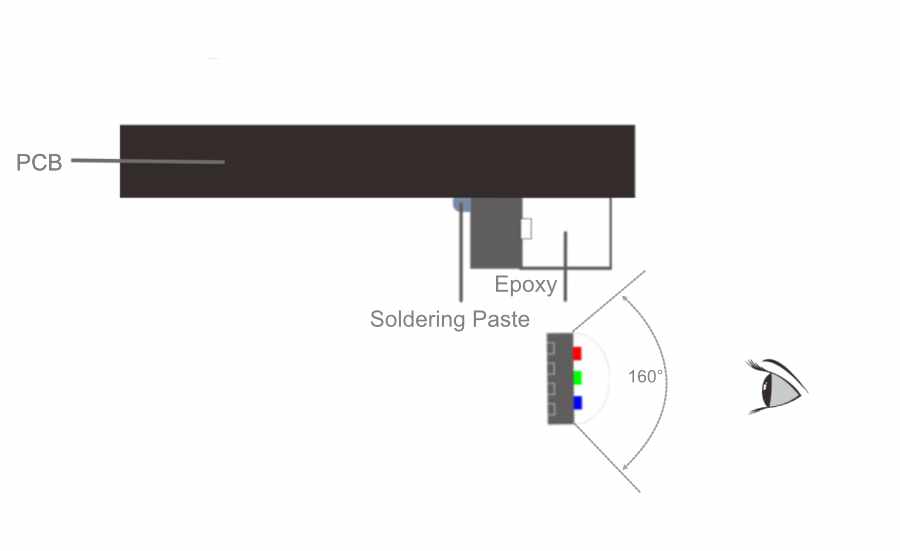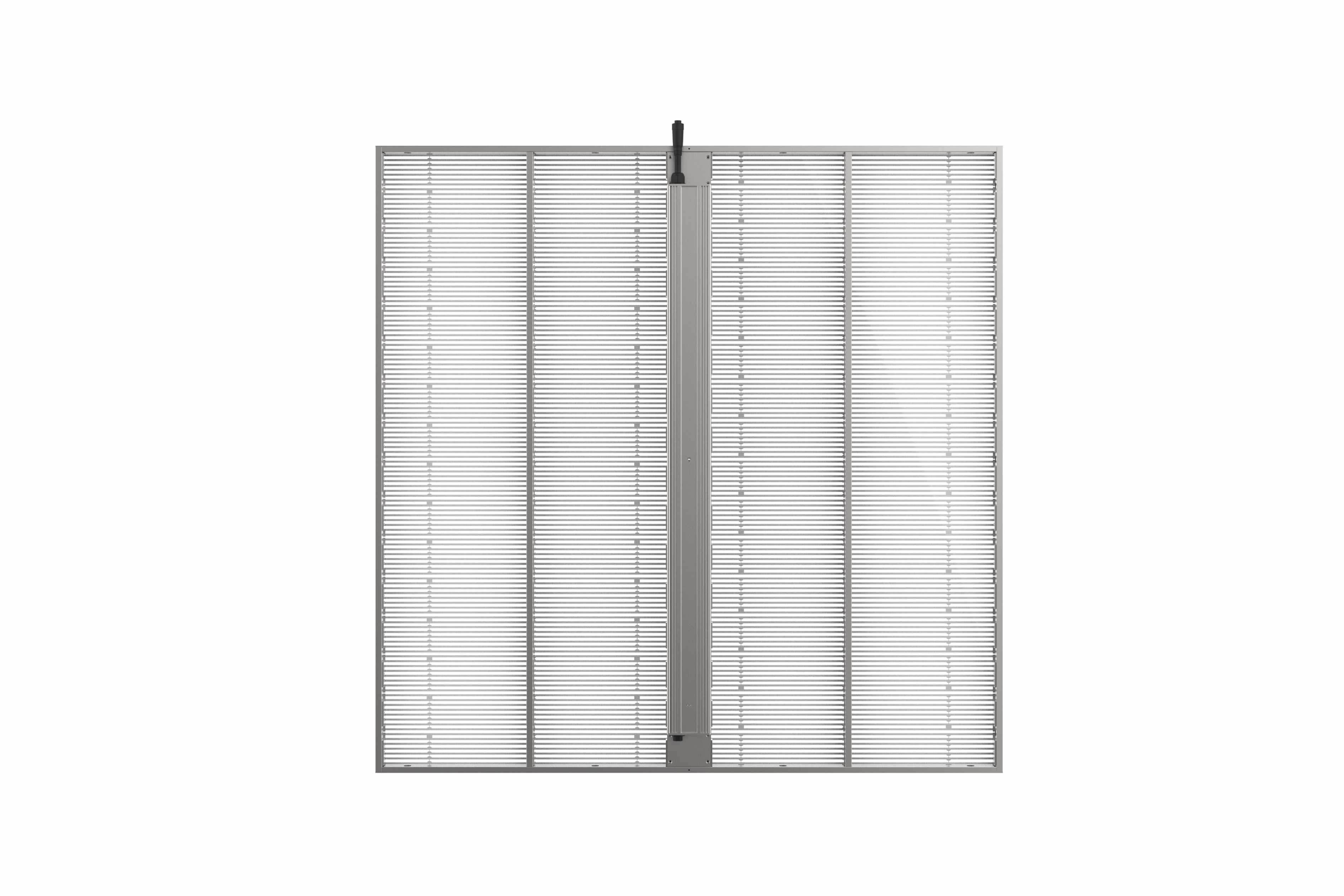LED PIXEL PITCH
LED PIXEL PITCH
To learn what pixel pitch is and why it matters, you first have to know what a pixel is. You may think you already know what a pixel is, but a lot of people find out there’s more to the “pixel” than they originally thought. A pixel is a cluster of colored light sources, and this cluster almost always contains at least one red, green, and blue light source
Many people mistakingly think that each little “light” or diode is a pixel. The full pixel is the entire cluster of the red, green, and blue lights. Pixels can be in a triangle pattern as seen here:
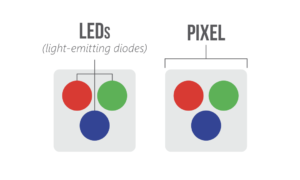
Pixels can also be very tightly arranged in a small SMD’s. SMD stands for Surface Mount Diode. Each little SMD you see in this picture has very tiny red, green, and blue light sources inside each one. SMD’s are now almost universally used for new high resolution LED screens.
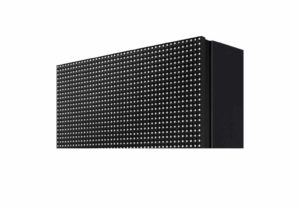
Now that you know what a pixel is, let’s talk about why it matters. Pixel pitch is the distance from one pixel to the next pixel beside it, above it, and below it. So, if your entire LED wall is said to have a 10mm pixel pitch, then that means there is 10mm of space from the center of one pixel (red, green, blue diode cluster) to the center of it’s neighboring pixel. Which, in quick American conversion, is 3/8 of an inch. As you can imagine, the smaller the pixel pitch, the tighter the resolution or the closer you can be to the screen before you can make out individual diodes in the image.
Now that you know what pixel pitch is, here’s quick way to start thinking about what pixel pitch would be right for your LED screen. Take the distance that your closest audience will be from the screen, in feet, remembering to account for height distance as well, then half that number and that should give you a good estimate of the pixel pitch range you should be looking at. For example, if your closest viewer is going to be 20 feet away from the screen, then you should be looking in the 10mm or lower set of products to ensure that even the closest audience member will see a nice, clean, blended picture with little to no pixelation. Remember, all you have to do is half the distance in feet from your closest viewer and that’s your ideal pixel pitch. If your closest viewer will get no closer than 40 feet from your video wall, you can even use 16mm or 20mm pixel pitch and still get a great looking picture.

